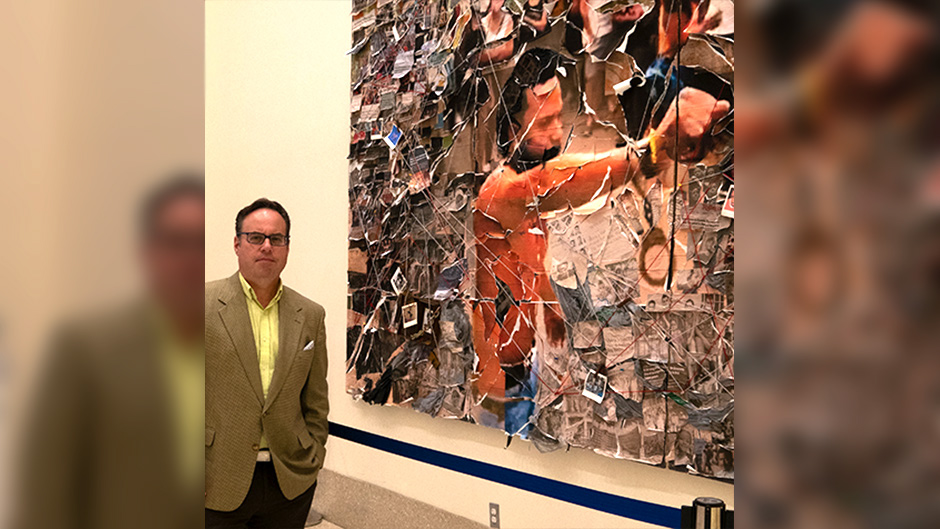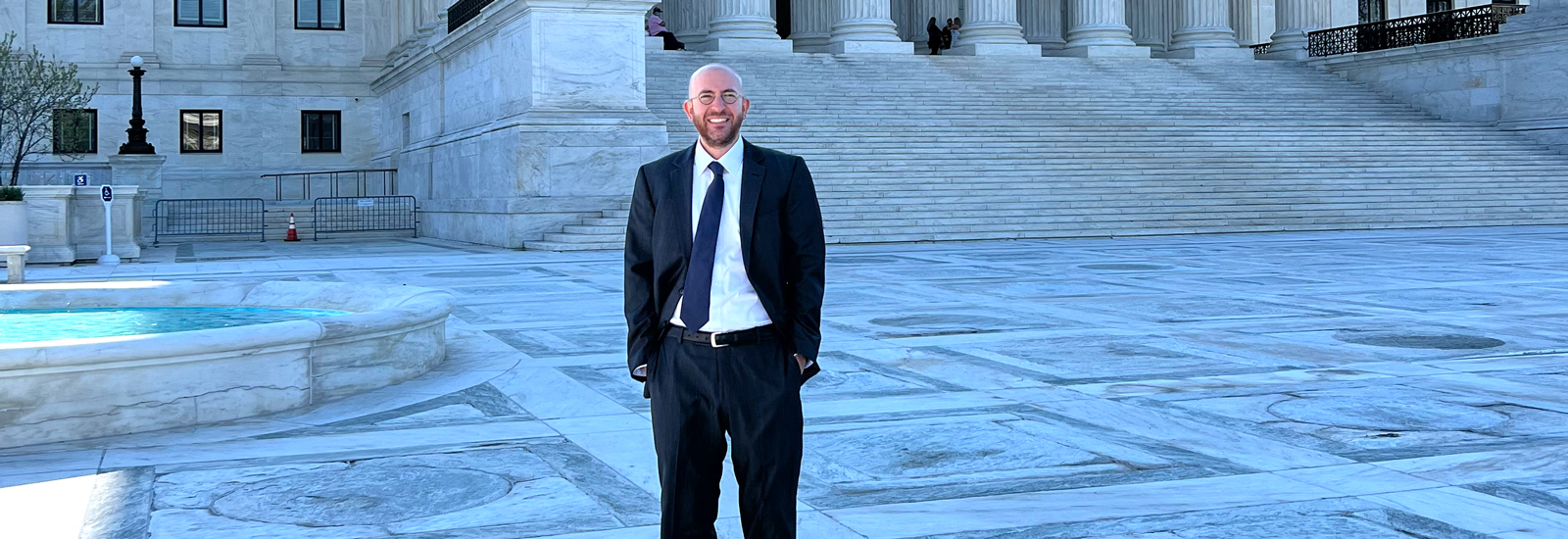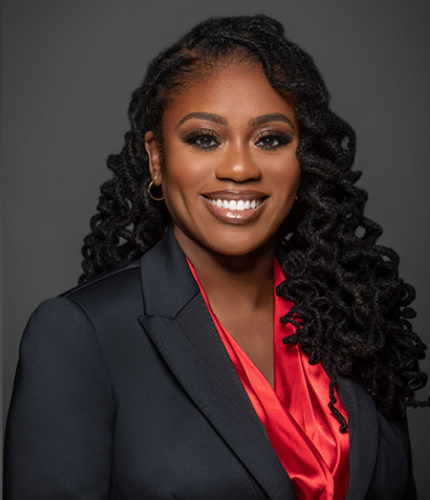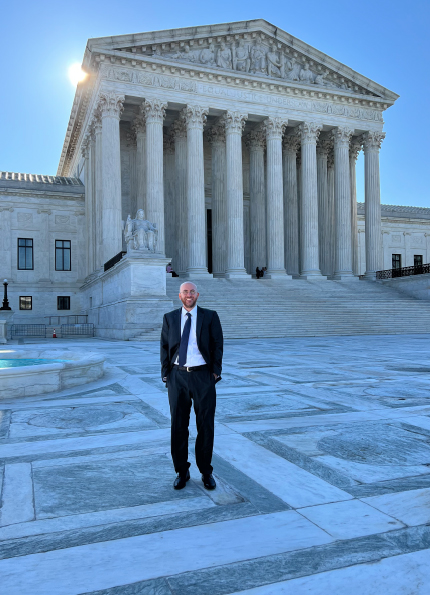Alum’s Art Captures the Cuban Experience

I was raised hearing about the torment that my parents went through, and it’s a part of me.
Cesar Santalo’s evolution as an artist has been influenced by Cuba’s history, his parents’ exile from their homeland, and his own experience as a first-generation Cuban American.
When Santalo, M.F.A. ’06, dean of Lynn University’s College of Communication and Design, was 8, his family moved from Baltimore to Miami. “Miami helped me to reconnect with my Cuban heritage,” he says. “I could go to the corner to get my cafecito, my croqueta, and my pastelito for lunch, overhearing the conversations of refugees talking about what’s going on in Cuba.”
Santalo’s art became a means for him to honor the exiles’ experiences. “I was raised hearing about the torment that my parents went through, and it’s a part of me,” he says. “My art allows me to honor my history and to talk about the reality of Cubans in Cuba.”
A breakthrough came during an installation course at the University of Miami. The instructor challenged students to bring personal elements into their sculptures. “The first thing that popped into my head was the cafetera, the Cuban coffee maker,” Santalo says.
He realized that the top of the cafetera, when separated from the base, resembled a megaphone, and the base resembled a speaker. He created an installation consisting of 65 cafeteras, representing each year Fidel Castro was in power, the tops and bases mounted on opposing walls. The tops, rusted and broken, broadcast Castro’s speeches, while the bases, shiny and new, streamed Cuban American radio.
“It was about my experience living as a Cuban American—I would always hear updates about Cuba coming from the island, and then I would hear about it from the exile community in Miami,” he says.
In 2022, director Beatriz Luengo commissioned Santalo to create a mural for her documentary “Patria y Vida, The Power of Music.” The documentary tells the story of the San Isidro Movement, which fought increased censorship and the Cuban government’s decree requiring artists to seek permission from the government before creating new works.
Exiled Cuban hip-hop musicians recorded the protest song “Patria y Vida” (Homeland and Life) as a direct challenge to the official patriotic slogan “patria o muerte” (“homeland or death”). Luengo tasked Santalo with creating a mural depicting this fight for artistic freedom in Cuba.
Santalo collaborated with Yotuel Romero, a creator of “Patria y Vida” and Luengo’s husband. “Yotuel and Beatriz showed me a new reality [in Cuba] that I never knew existed.”
Santalo’s mural is a deconstructed image of musician Maykel Osorbo after the latter’s arrest in San Isidro, Cuba, in 2021. With the help of friends, Osorbo escaped and held out his handcuffed arm in protest.
The mural features Santalo’s signature cafetera megaphones, hardwired to play Santería percussion from the bases and “Patria y Vida” overlaid with people chanting “libertad,” or liberty, from the tops.
For Santalo, creating the mural, debuting it in the documentary, and exhibiting it at the Pérez Art Museum Miami during Miami Art Week are among his proudest moments as an artist.
“I think of my parents, what they went through, and now helping people to learn about the struggles of people in Cuba feels like an honor,” he says. “It makes me proud that even after my mother’s death, I can still continue with her voice.”








